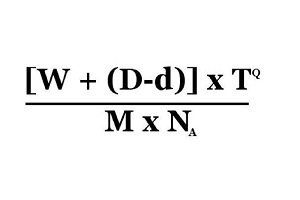Monday is the name given to the third Monday in January which is meant to represent the most depressing day of the year. But if you’re feeling the effects, don’t reach for your purse! When we’re sad, we really are more likely to spend more money. A 2012 study (Garger & Lerner) found a concept called ‘carryover sadness’. This basically means that we splurge more when we’re sad.
Sadness triggers a positive valuation of products, meaning we are more willing to pay. Spending induces a sense of control to attenuate the effects of sadness. And unfortunately, this is more prevalent in women.
But don’t fear too much because of the date; there isn’t much basis of ‘Blue Monday’. The concept was first publicised by the holiday company Sky Travel Shop and psychologist Cliff Arnall – it comes from a calculation that considers factors like "debt", "motivation", "weather", "need to take action" and “time since failure to keep New Year’s resolutions” – this is obviously not all too scientific.
Samaritans are, in fact, aiming to transform ‘Blue Monday’ into ‘Brew Monday’. Their website states they’re saying “ignore the hype and take a little time out by having a cuppa and a chat with anyone you know who may be going through a tough time”. If you are struggling in any way, the Samaritans helpline is free to call 24/7 every day of the year to help in any way they can.

W = weather, D=debt, d=monthly salary, T=time since Christmas, Q=time since failing our new year’s resolutions, M=low motivational levels, and Na=the feeling of a need to take action.
